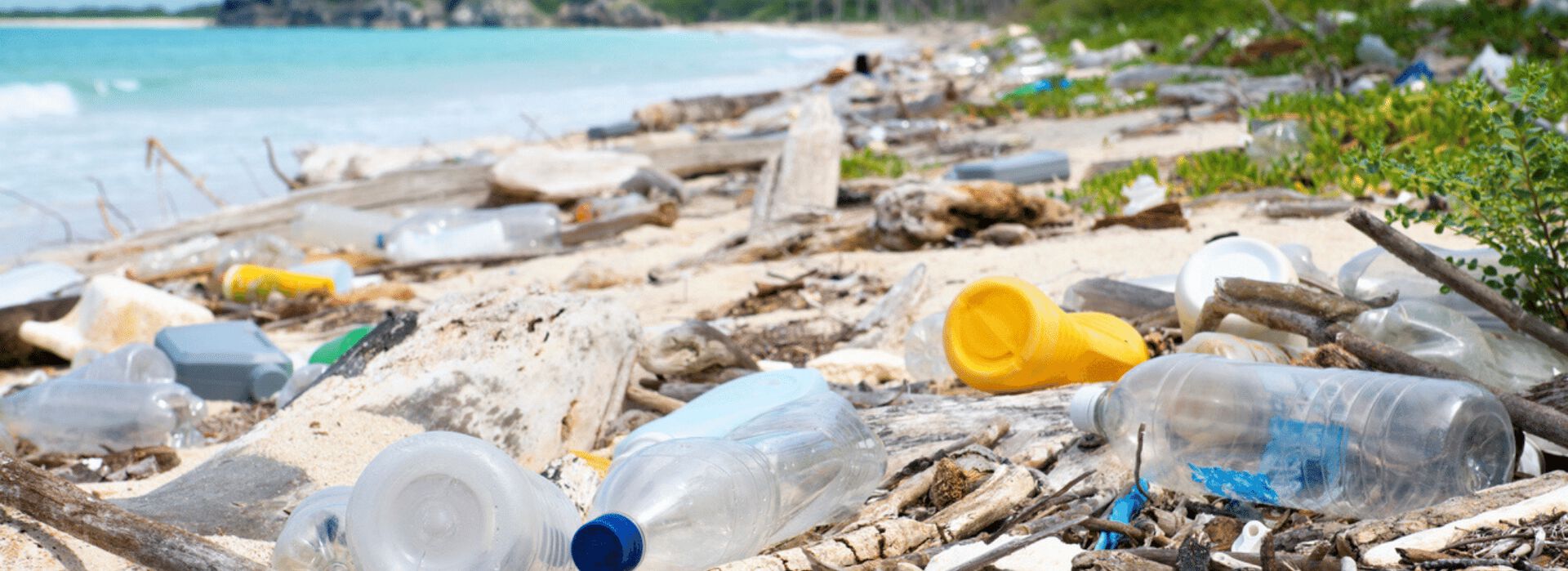Stop using disposable plastic bottles
Now that you have plenty of information, hopefully you’ve come to the conclusion that single-use bottled water is not the best option for your health or the environment.
Instead, we recommend using a water filter at home and bringing a reusable bottle when you’re on-the-go. Aquasana has a wide selection of water filters including whole house, under sink, countertop, and shower filters to suit your needs. For help choosing the right option, contact us for more information!



